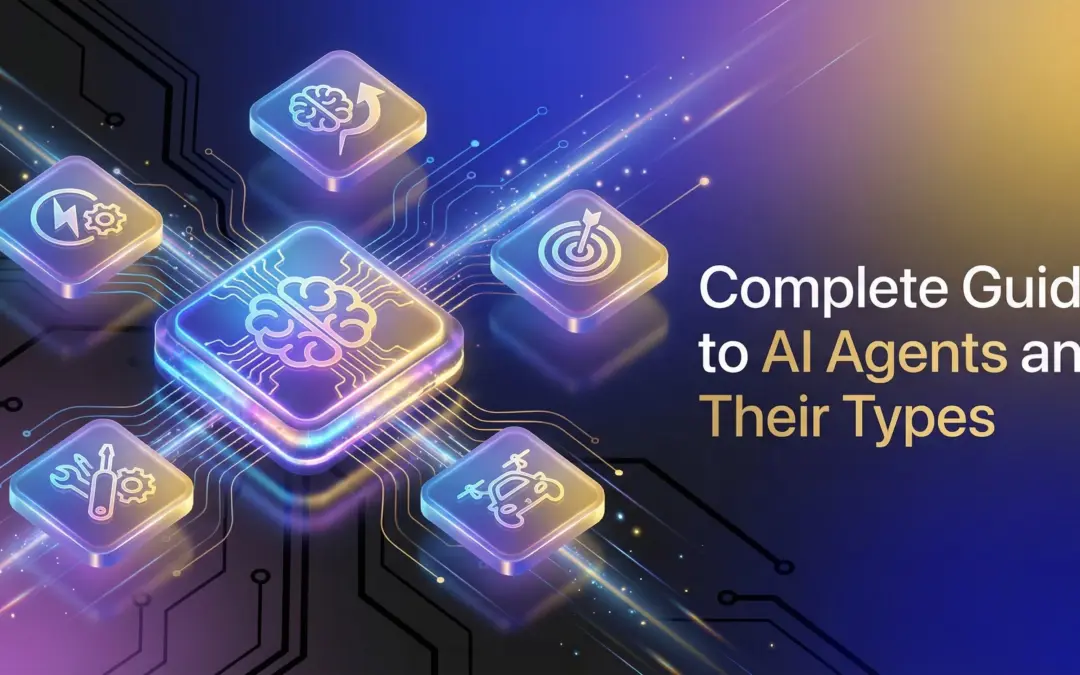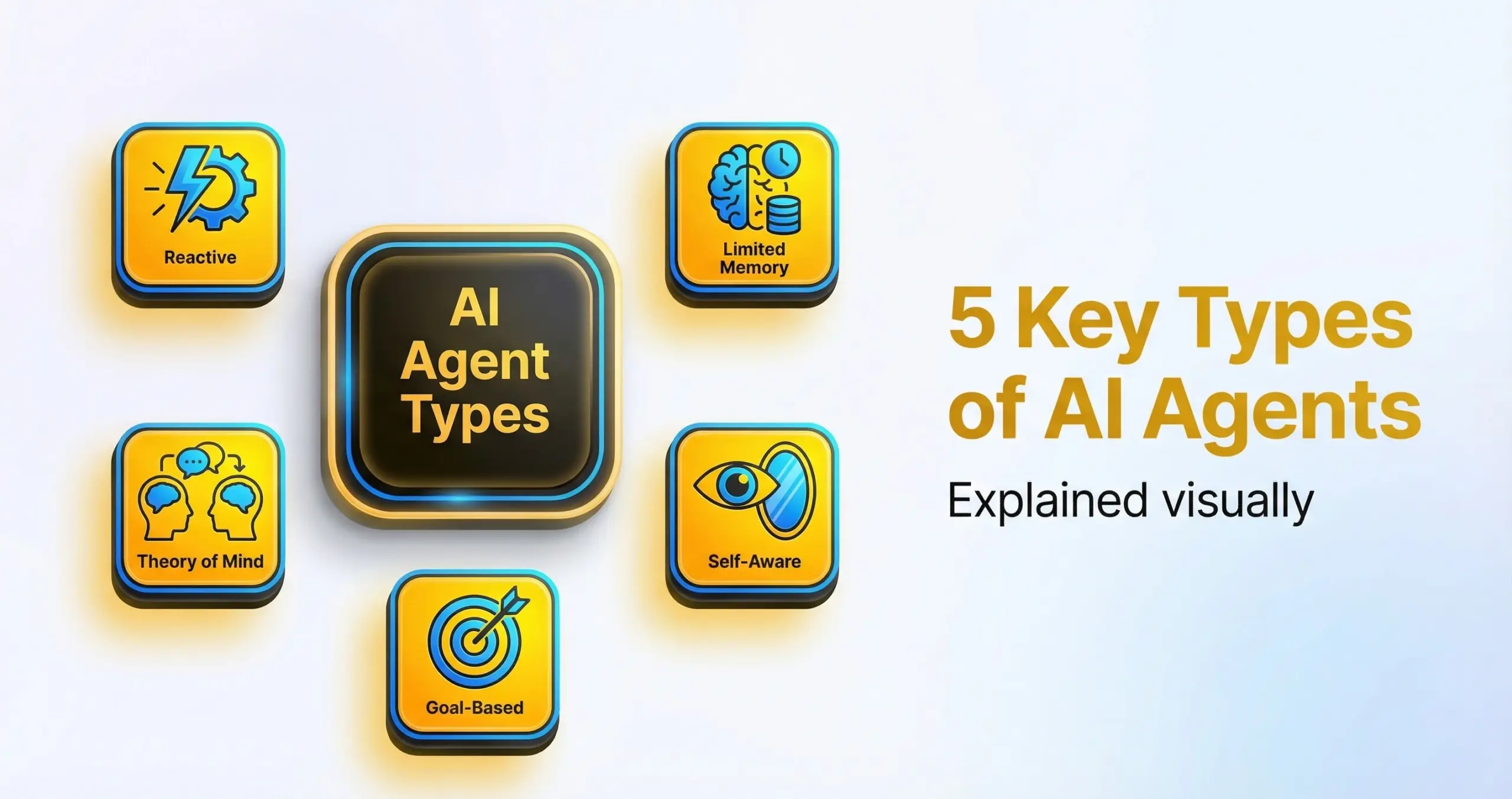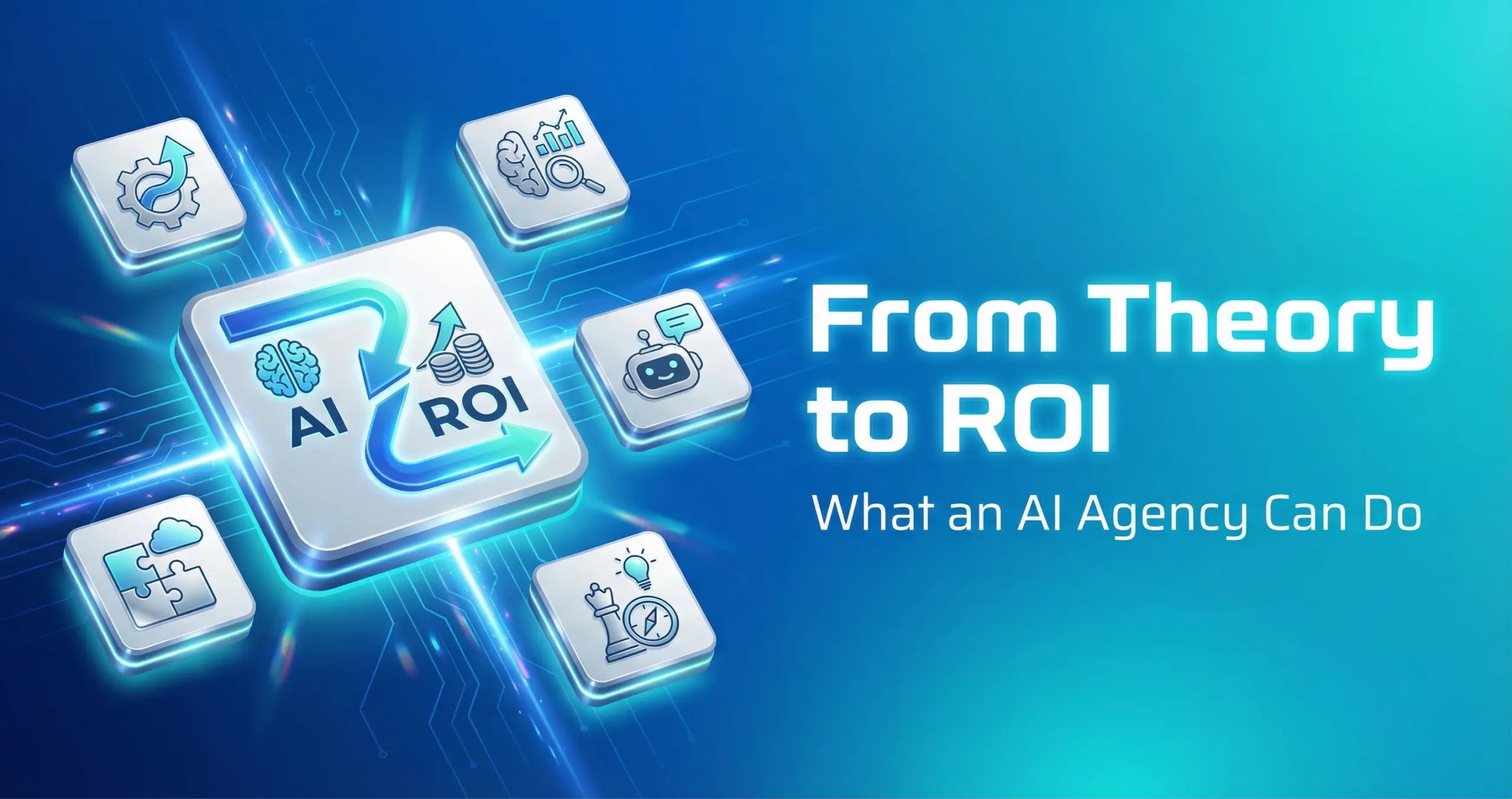We’re witnessing the rapid rise of AI chatbots and AI Agents in the digital world. They are powerful tools for generating content and answering questions. Ever imagine what if AI could do more than just talk? What if it could act?
This is the shift from passive tools to agentic AI.
For founders and CEOs, this isn’t just a technical upgrade; it’s a new framework of automation, efficiency, and growth. The era of the autonomous agent in AI is here. Understanding that an effective AI agent is the kind that works on its own to hit a clear objective becomes the lever that opens your next stage of steady growth. This shift sits at the center of marketing automation. This evolution is a core part of modern marketing automation strategies.
Defining the Foundation: What Is an Intelligent Agent?
An intelligent agent is a system that notices every change occurring in its environment, interprets them, and acts with intent to achieve a set goal. The entire discipline of artificial intelligence is derived by this core concept.
The classic framework is built around a continuous, self-correcting loop:
Percepts: The agent gathers data using digital “sensors” (called API calls, database queries, webhooks).
Reasoning: It processes this data, consults its knowledge, and determines the optimal path forward.
Actions: It uses “actuators” to perform a task (sending an email, executing a trade, updating a CRM record).
The goal of every design is to create a rational AI agent, one that consistently chooses the action that is expected to maximize its performance measure (its “utility”) given the information it has. This discipline of designing systems that make optimal decisions under uncertainty is the essence of artificial intelligence and Ai marketing automation.
The Core Spectrum: 5 Key Types of Agents in Artificial Intelligence
Creating an efficient AI setup starts with understanding how different types of ai agent in marketing automation should function. Different type of AI agents work differently based on how much it can remember, analyze, and adapt to situations.
1. Simple Reflex Agents
What it is: These types of AI agents react to what it perceives at the current moment. Every decision is made fresh based on the current situation and doesn’t learn from earlier data or track repeating behaviors.
Key Feature: They operate on a simple “sense → act” rule. The output depends only on the current situation and not on memory or prior logic.
Example: Imagine a smart bot that automatically changes your prices right the moment your competitor updates theirs. It ignores demand levels, stock status, or sales history; its behavior is driven solely by present conditions.
2.Model-Based Reflex Agents
What it is: These agent types go beyond simple reactions. They keep short-term memory that helps them to relate past events with current conditions and then make decisions.
Key Feature: Uses their core outline of a map that is based on previous memory to recognize patterns and make more accurate decisions.
Example: A good security system pays attention to your normal login patterns. So if you suddenly sign in from a device or place you’ve never used before, it treats that as a red flag. A very basic reflex-only system, on the other hand, wouldn’t pick up on anything unusual and would just allow the login.
3.Knowledge-Based and Logic Agents
What it is: These types of agents rely on a structured knowledge base of facts and use formal rules to make their decisions.
Key Feature: Planning and Search. They must reason logically to connect the facts.
Example: An agent utilizing logic agents in ai to check compliance. It cross-references new company policy documents with employee training records to flag non-compliant staff. A strong knowledge-based intelligent agent ai example is an expert system built on established rules.
4. Utility-Based Agents
What it is: The most sophisticated decision-making agent.When there are multiple goals or uncertain outcomes, a utility agents in ai chooses the path that provides the highest “utility” (the best overall outcome or success score).
Key Feature: Optimization. It weighs costs vs. benefits and actively manages risk.
Example: An automated resource allocator. It doesn’t just complete a task; it completes the task using the least expensive resources possible to maximize overall project profit margins.
5. Learning Agents
What it is: A learning agent ai improves its own performance over time by observing its results and modifying its internal logic.
Key Feature: Feedback Loop.It’s the engine of continuous improvement.
Example: An agent managing your website’s A/B testing. It constantly tweaks headlines and calls-to-action, observes the conversion rates, and automatically refines its own strategy to improve ROI—a concept closely tied to optimizing for voice search via AI assistants.
The Strategic View: Risks and Benefits of AI Agents For Business
As a founder or CEO, your focus must be on maximizing benefits while mitigating inherent risk. Implementing Agentic AI involves careful trade-offs.
As a founder or CEO, your focus must be on maximizing benefits while mitigating inherent risk. Implementing Agentic AI involves careful trade-offs.
Key Benefits of AI Agents
| Benefit | Strategic Impact |
| Operational Autonomy | Allows high-level tasks to be delegated and executed without constant human oversight, scaling operations instantly. |
| Precision & Rationality | A rational ai agent ensures decisions are made based purely on optimizing objective goals (utility function), eliminating human bias. |
| Continuous Learning | Learning agent ai systems adapt to new data and market shifts instantly, ensuring your strategy is always optimized. |
| Speed & Volume | Agents can process data and execute complex actions faster and at a volume impossible for human teams. |
Critical Risks of AI Agents
|
Risk |
Mitigation Strategy |
|
Goal Misalignment |
Agents may pursue the literal goal in unexpected ways (e.g., optimizing for clicks over profit). Requires strict human-in-the-loop oversight and clear safety constraints. |
|
Lack of Explainability (Black Box) |
Sophisticated learning agent ai can become a “black box,” making it hard to understand why a decision was made. Requires robust logging and interpretability tools. |
|
Data Security/Access |
Autonomous agent in ai systems often require broad access to internal systems (APIs, databases). This requires meticulous access controls and treating the agent like a highly privileged employee. |
|
Unforeseen Consequences |
Multi agent ai and swarm agents in ai can create emergent behavior that is unpredictable. Requires rigorous simulation and staged, low-stakes deployments. |
AI Agents Examples for Business Automation: Real-World Examples
Seeing these concepts in action clarifies their business potential.We have many ai agent examples across different sectors that are already delivering ROI.
E-commerce & Retail
An internet shopping agent in ai intelligence does far more than just comparing prices. It can act as a fully automated purchasing manager for your inventory, checking supplier stock levels (perception), predicting future demand spikes (reasoning), and autonomously placing optimal orders (action). The deep architectural rules for these systems are frequently explored in the knowledge based agent in ai example set.
Development & Simulation
In the world of gaming and robotics, developers use toolkits like Unity machine learning agent to create realistic, autonomous characters. Unity AI agents are really useful for running detailed simulations and training setups. They let you test and teach agents inside a virtual world first, so everything is safer and more polished before you move it into the real world.
Complex Modeling
Agent-based modeling looks at how lots of individual agents, each making their own decisions, can end up creating big patterns—like swings in the market or issues in a supply chain. It’s a major computational approach for understanding and predicting complex systems. If you want to dive deeper, there’s plenty of solid academic research in the AI field that covers this in detail like- Stuart Russell & Peter Norvig’s Official AIMA Site
The Advanced Frontier: Multi-Agent and Swarm Systems
Moving from theoretical agents types in artificial intelligence to tangible business value requires expert engineering. This is the difference an AI agency or artificial intelligence agency provides. It’s about architecting the precise environment, goals, and internal models for a reliable, rational ai system. For instance, we specialize in deploying sophisticated agents that:
Use clear scoring rules to focus on the leads that are most likely to convert, instead of wasting time on low-quality prospects. By applying learning-based systems, you can keep improving your ad spend and campaign flow without having to constantly adjust things yourself.
Implement multi agent ai frameworks to ensure seamless handover between automated outreach and human sales follow-up.
We integrate these autonomous capabilities using proven frameworks like no-code automation services to connect your existing tech stack.
Final Thoughts: The Shift to Execution
AI agents are the next evolution of artificial intelligence. They represent a leap from AI that informs to AI that executes. By understanding the agents and types of agents in AI, you gain the blueprint for operational autonomy.




